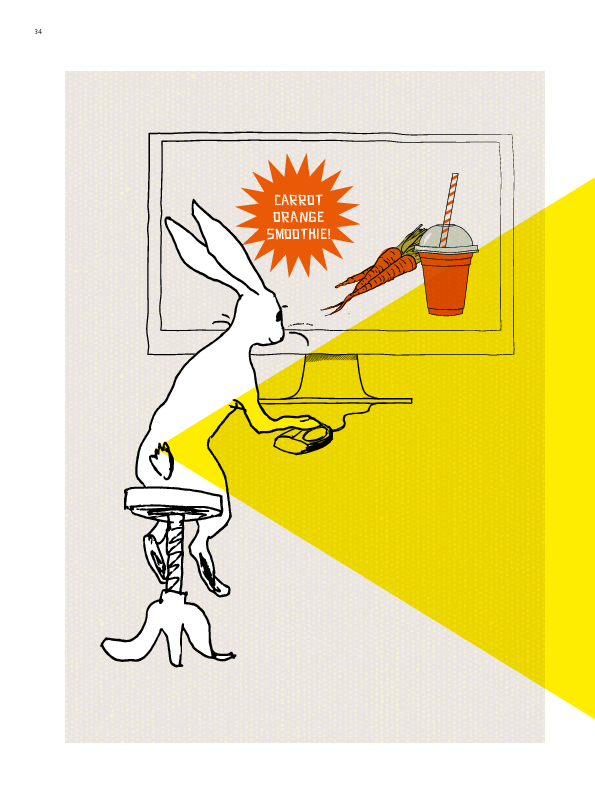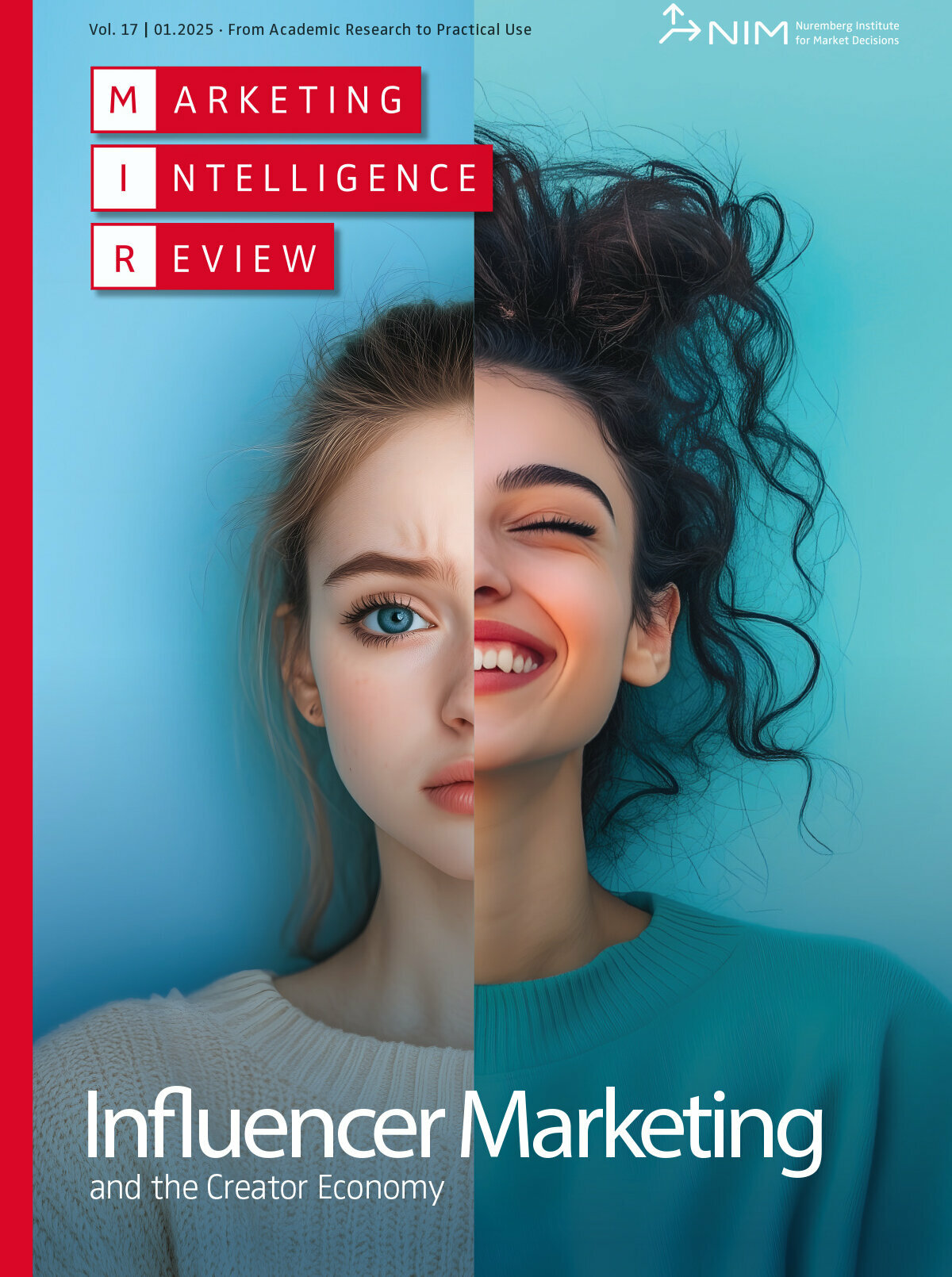Predicting Preferences for Innovative Design: The “Repeated Evaluation Technique” (RET)
Abstract
How do you realistically assess the success potential of innovative products? This task is quite challenging because the Average Joe generally has an aversion to innovation. Therefore it is not really possible to get valid innovation evaluations from typical consumers. Only when we feel secure and have time to become familiar with a new thing can innovation become exciting and attractive.
The “Repeated Evaluation Technique” (RET) was developed especially for the purpose of systematic familiarization with products to be evaluated. Subjects in an RET, for example, typical consumers, are encouraged to think explicitly and intensively about a product and its competitors. By forcing the subjects to engage with the material, known as the “elaboration,” the procedure helps consumers understand the product better and distinguish differences. The ascertained judgments come closer and closer to real everyday assessments that one would usually only gain after weeks and months of dealing with products.

![[Translate to English:] [Translate to English:]](/fileadmin/_processed_/1/b/csm_landwehr_herrmann_deutsch-_406d197f11.png)

![[Translate to English:] [Translate to English:]](/fileadmin/_processed_/d/b/csm_townsend_deutsch_0320724c99.png)






